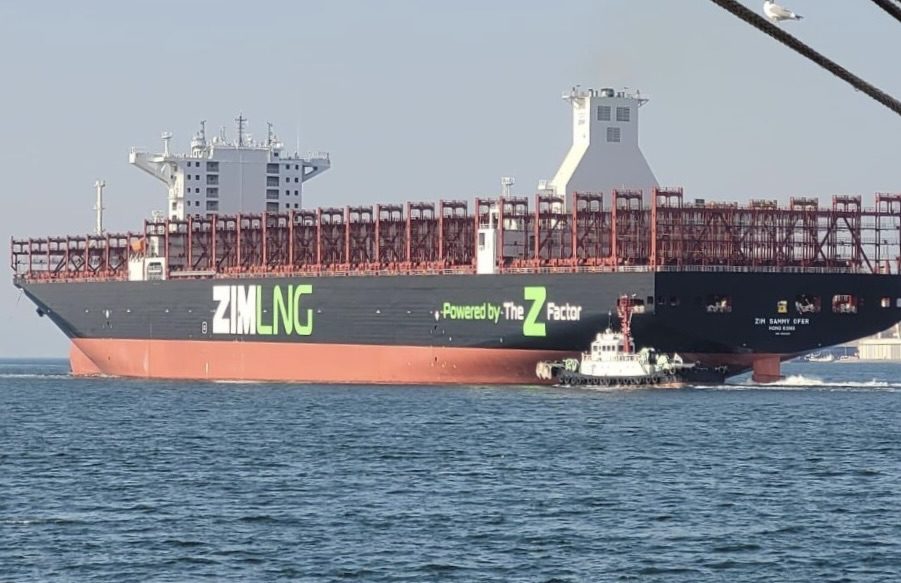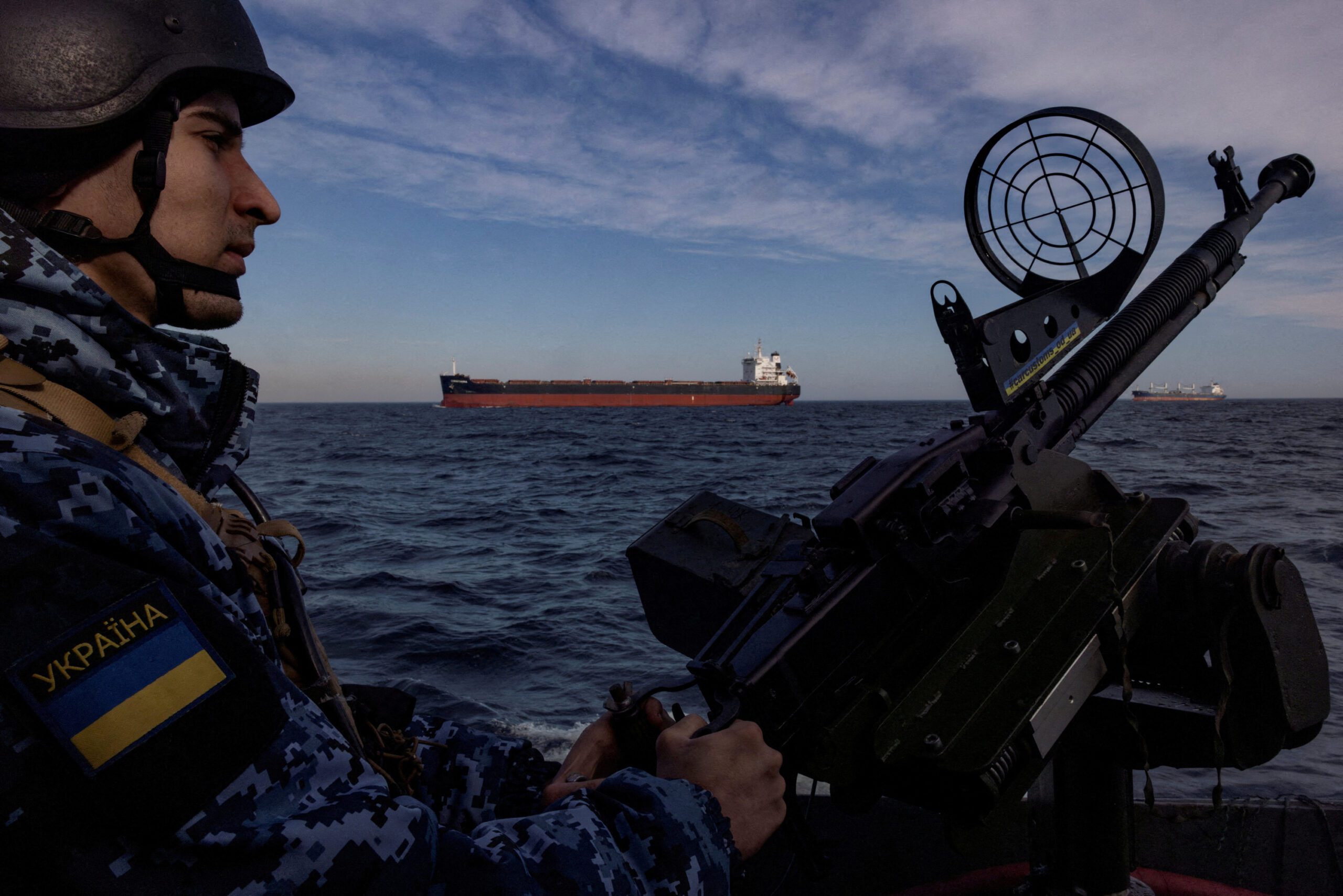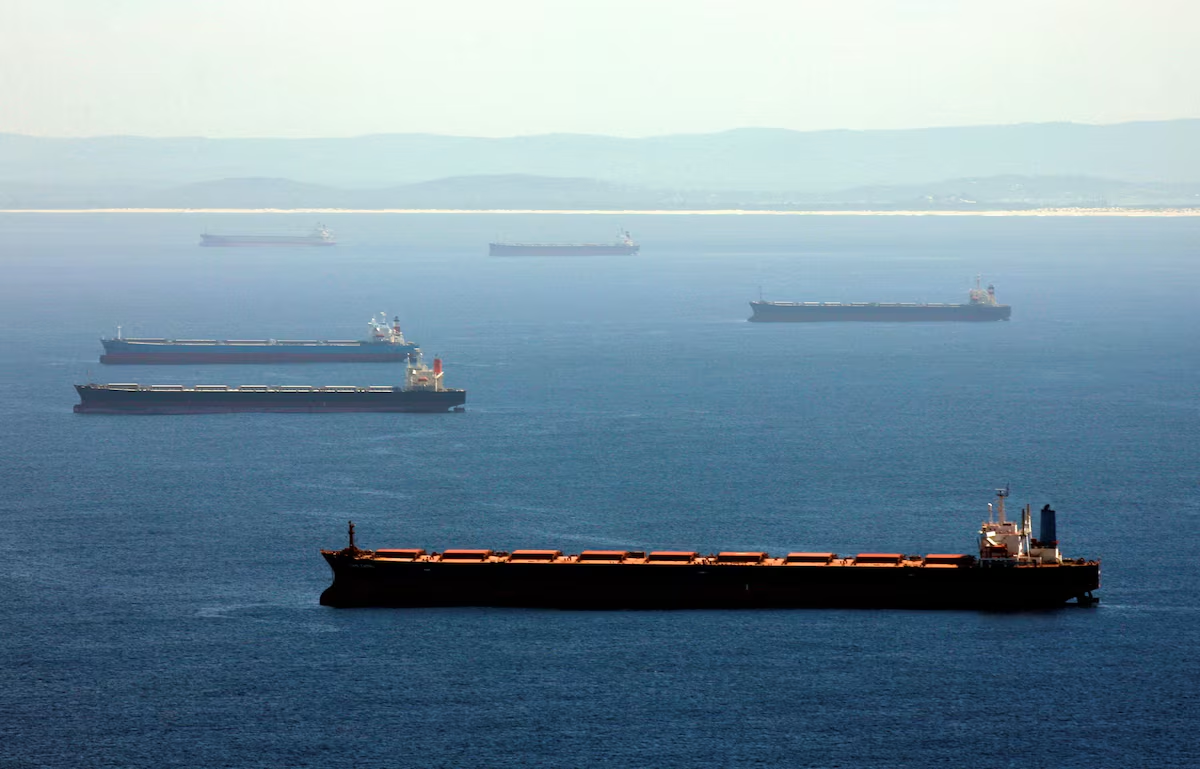Norwegian shipping giant Höegh Autoliners and Australian green technology group Fortescue joined forces at COP29 in Baku, Azerbaijan, to urge global regulators to fast-track green ammonia as the marine fuel of choice to decarbonize the shipping industry.
The companies, both members of the First Movers Coalition for shipping, jointly advocated for the sector to end its reliance on carbon-intensive bunker fuel.
As part of this push, Höegh Autoliners and Fortescue announced plans to explore the technical and commercial needs for a global green ammonia supply chain, linking Fortescue’s proposed network of projects with Höegh Autoliners’ worldwide bunkering infrastructure. The collaboration underscores their shared dedication to emissions reduction in maritime transport, aligning with a new “Call to Action for an Equitable Energy Transition in Shipping” slated for launch at COP29.
Fortescue’s commitment to green shipping made headlines earlier this year when its vessel, Green Pioneer, became the world’s first to use ammonia as part of its marine fuel mix at Singapore’s port, setting a precedent in the industry.
Leading the Way with the Aurora Class
Höegh Autoliners operates the world’s most sustainable pure car and truck carrier (PCTC) fleet, recently enhanced by its ambitious green fleet renewal program with an order for 12 multi-fuel-ready vessels in support of its 2040 net-zero emissions goal.
Known as the Aurora Class, these vessels boast DNV’s “ammonia ready” notation, with the last four planned for dual-fuel ammonia propulsion upon delivery. With a capacity of up to 9,100 cars and strengthened decks, the Aurora Class vessels, already partially deployed, are capable of transporting electric vehicles on all 14 decks, reducing carbon emissions per car by up to 58% compared to industry standards.
The Case for Green Ammonia
The partnership between Fortescue and Höegh Autoliners comes as the International Maritime Organization (IMO) approaches a pivotal moment in its regulatory decisions on greenhouse gas emissions.
“Shipping is a global industry with a global regulator, and today we are at a crossroads. Transition fuels are being marketed as solutions, but they distract from the only real answer—green ammonia—which can help us achieve shipping’s net-zero goals,” said Fortescue Energy CEO Mark Hutchinson.
Hutchinson called for early incentives for hydrogen-derived fuels by 2030, warning that without them, the industry risks postponing meaningful emissions cuts to the 2040s.
“Making Sustainable Shipping Possible”
Höegh Autoliners CEO Andreas Enger also spoke at COP29, noting that deep-sea transport, responsible for 90% of maritime emissions, must be decarbonized to meet IMO’s 2050 net-zero target. “Partnering with Fortescue reinforces our commitment to sustainability and sends a strong demand signal for green ammonia down the supply chain. Together, we’re accelerating the green transition in deep-sea shipping,” said Enger.
As the shipping industry seeks viable paths to decarbonization, Höegh Autoliners and Fortescue’s call to action may be the catalyst needed to propel green ammonia forward as the fuel of the future.

 Join The Club
Join The Club










